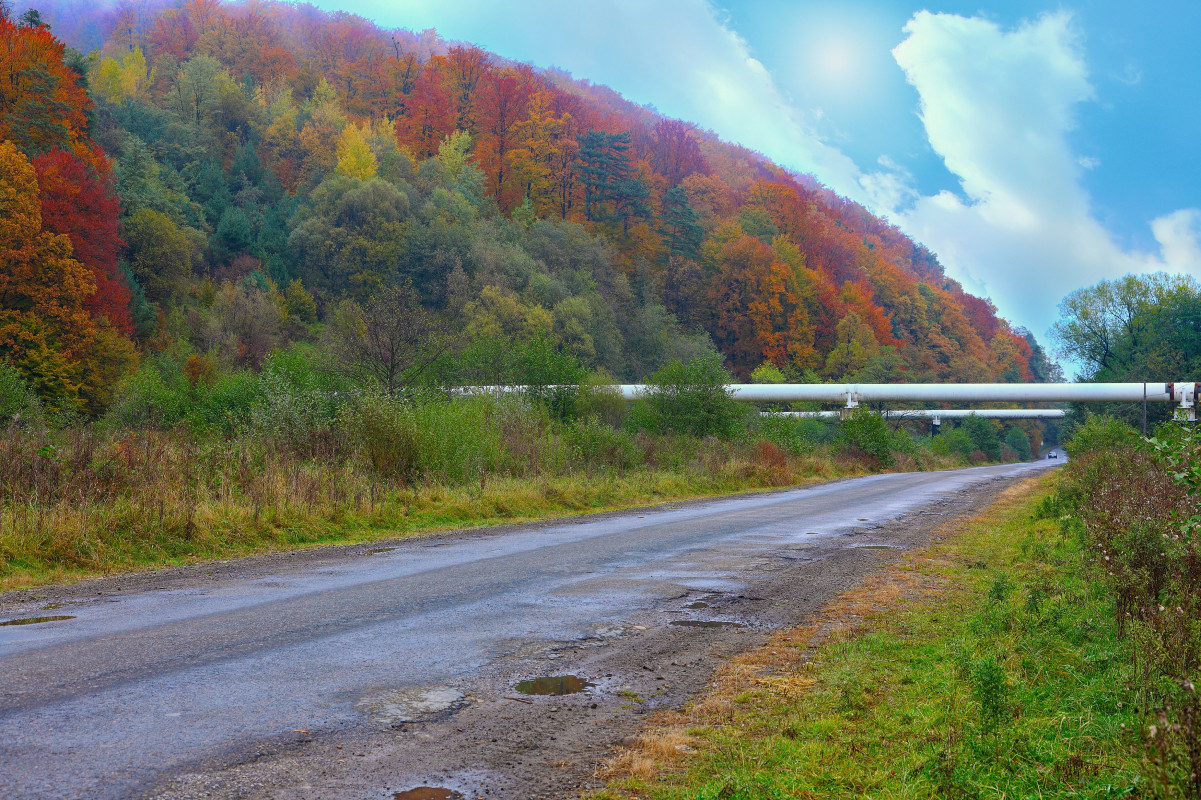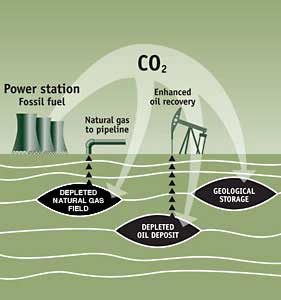 We all know that carbon dioxide (CO2) is reshaping our planet in ways we would prefer to avoid.
We all know that carbon dioxide (CO2) is reshaping our planet in ways we would prefer to avoid.
The properties of the gas allow it to essentially wrap a warm blanket around the Earth. While some amount of CO2 is needed to keep our planet at a livable temperature, we are seeing the blanket get warmer. This is because our society is built on fossil fuels that emit large amounts of CO2 to meet our electricity, heat, transportation, and other needs.
While efforts are being made to remodel our society to be more eco-friendly through renewable energies and other potential sources, changing and replacing what seems to be the backbone of our communities takes a considerable amount of time.
Fortunately, there is an upcoming technology that can buy us time at the very least. The proposed solution is called carbon capture and storage (CCS). The process first separates CO2 from other gases after industries produce their waste. Compressed CO2 is then sent through pipelines to a storage facility that permanently injects the gas deep underground.
Plan by U.S Forest Service
 The Biden Administration has set a goal to reduce greenhouse gas emissions to around 22075 million metric tons (half of what was emitted in 2005) by 2030. To support this, the U.S. Forest Service has proposed to alter its rules to allow the implementation of CCS in national forests around the country.
The Biden Administration has set a goal to reduce greenhouse gas emissions to around 22075 million metric tons (half of what was emitted in 2005) by 2030. To support this, the U.S. Forest Service has proposed to alter its rules to allow the implementation of CCS in national forests around the country.
Many officials view this technology as a necessary effort to moderate the impacts our society has on climate change. One expert has even estimated that if we don’t implement CCS on all federal lands (30% of the total U.S. surface land), the United States will fail their greenhouse gas reduction targets set for 2050. Many proponents of the idea even claim that CCS can be managed safely and regulated.
Creeping Catastrophes
However, the technology may not be completely safe after all. Carbon capture and storage relies on pipelines to transport the high-pressure CO2.
If the pipeline ruptures, dense CO2 can displace oxygen from the air, leading to hazardous conditions for both humans and habitats in the area. In 2020, when a similar pipeline broke in Mississippi, around 45 people were sent to the hospital and to this day suffer from the aftermath.
These risks get worse in national forests. Not only are animals and habitats vulnerable, but humans walking through these natural forests are at risk of being exposed to a gas leak. To make matters worse, national forests tend to have low cell service meaning that affected people may not be able to get the help they need. Carbon dioxide is also hard to detect due to its odorless properties.
Unlike what proponents claim, CCS industries have not succeeded in reducing their emissions by the 90% target goal. Besides, the amounts of carbon dioxide that can be captured are only in millions of tons per year, while the amount released yearly is in tens of billions of tons! Finally, storing the gas in our nation's forests may require trees to be cut down to build roads and pipelines.
Given the concerns, the Forest Service has extended the public comment period for the proposal to January 2024. With over 140 groups submitting their comments, these will need to be studied before evaluating the next steps.
This proposal shows the importance of taking a step back and looking at the bigger picture and larger impacts when creating a new solution. While this may not be the solution our society is looking for, it shows that our community’s thought process is headed in the right direction.
Sources: NPR, Reuters, Guardian, WRI, NationalGrid, ieefa.org






